Geothermal energy: Sustainable heating for your home
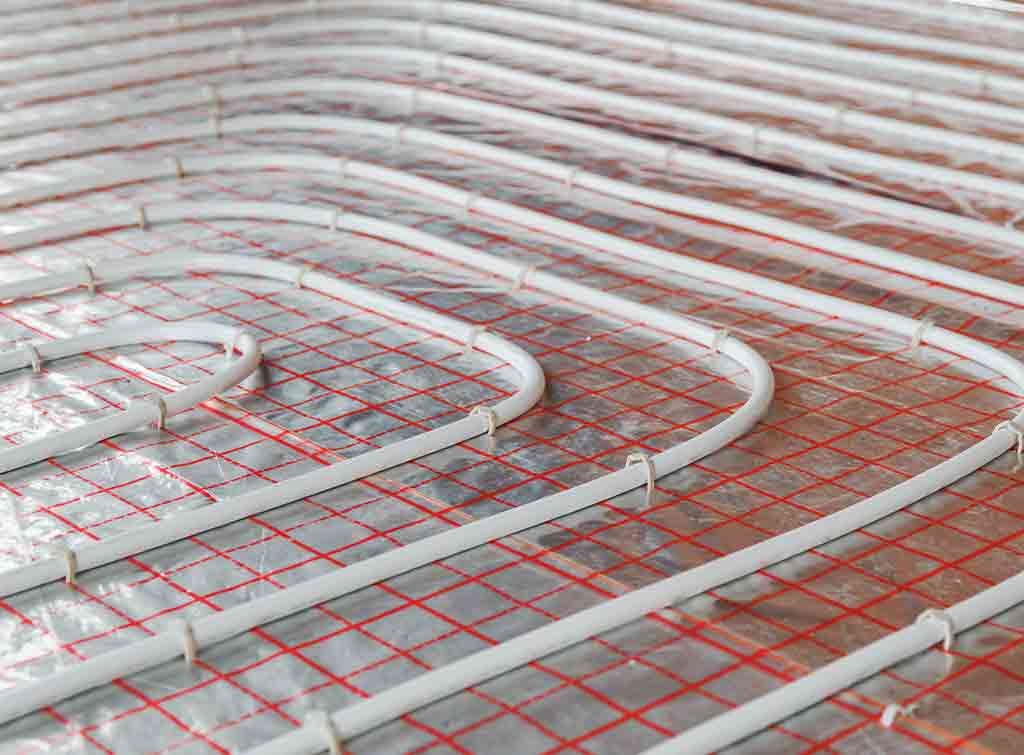
Despite how it sounds, geothermal energy isn’t a new heating source plucked from the latest sci-fi bestseller.
That said, it’s not a typical source of energy either. Geothermal energy is drawn from existing or human-made reservoirs of hot water and varies in temperature. It’s also found at differing depths below the Earth’s surface.
Keep reading for our expert advice on geothermal energy. This includes the pros and cons and whether it’s worth the investment for your home.
What is geothermal energy?
Geo = Earth and thermal = heat, hence the name. However, did you know that geothermal reservoirs have been used by humans since the palaeolithic era?
Formed from the radioactive decay of minerals and solar energy absorbed from the surface of the Earth, geothermal reservoirs are renewable and sustainable energy sources due to their naturally occurring abundance.
That said, most undisturbed ground below 6 metres (20 ft) remains a consistent temperature (hovering around the average annual air temperature). As a result, this thermal energy is extractable through the use of a ground source heat pump.
What is geothermal heating used for?
Geothermal heat pumps (GHPs) are traditionally composed of a ground loop, a heat pump, and an underfloor heating system. They use the Earth’s natural underground heat to regulate the temperature of your home or commercial property, whether that’s to cool it down or warm it up.
Geothermal heat pumps can be ground source heat pumps (i.e. use the temperature of earth/soil) or water source heat pumps (i.e. use the temperature from a water source such as a lake).
Geothermal heat pumps are suitable for both new and existing buildings, including residential, commercial, and industrial properties. They also meet a range of heating and cooling needs, no matter how big or small the property.
Read our blog: How does a geothermal heating system work? for more information.
How do closed-loop geothermal heat pump systems work?
A typical geothermal heat pump uses a series of buried pipes in what’s known as a closed-loop system. It circulates fluid through these pipes (usually water or a mixture of water and antifreeze), which absorbs heat from the ground in the winter and transfers it into your home through a heat exchanger.
In the summer, the process is reversed so heat is absorbed from your property and transferred back into the ground, which helps keep your home cool.
Geothermal heating – pros and cons
Now you know what an underground geothermal heating system is and how it works, let’s take a look at how suitable they are for your home.
Advantages of geothermal energy
Renewable and sustainable
Geothermal energy comes from reservoirs of heat that naturally form beneath the Earth’s surface. They’re constantly replenished by the planet’s internal processes, which makes them a sustainable and renewable energy source that won’t ever run out.
Energy efficient
Heat pumps are typically four times more efficient than gas boiler heating systems.
Environmentally friendly
As geothermal heating emits very few greenhouse gases, they’re a much cleaner and greener heating option compared to fossil fuels like oil or gas.
Low maintenance
Geothermal heating systems are very low-maintenance and require little upkeep beyond regular inspections and filter changes. That said, make sure you hire a certified heat pump expert to fit and inspect your systems.
Disadvantages of geothermal energy
High upfront costs
The initial cost of installing a geothermal heating system is quite high, ranging from £18,000 - £50,000 depending on the size and type of your system. Read our blog: How much does a ground source heat pump cost? for more comprehensive advice.
Location dependent
The installation of a geothermal heat pump system requires a significant amount of land. It also needs to be suitable for the drilling or excavation of a ground loop or the installation of a vertical borehole.
Space requirements
Geothermal heating systems need a certain amount of space to operate, which makes them unsuitable for certain types of homes or properties. For example, homes that don’t have gardens or very little outdoor space.
Installation challenges
Installing geothermal heating systems is a complex and challenging process. Consequently, it’s important to work with a qualified professional to ensure it’s installed correctly and safely.
Find out about hiring a renewable energy engineer.
Geothermal heating cost
The cost of geothermal heating per month depends on your current electricity tariffs, the size of your home, and the system being used. However, due to the high efficiency of geothermal heat pumps, expect much lower energy bills.
NB: It’s important to understand the initial installation costs of a geothermal heat pump are much higher than traditional heating systems. This means it might take several years to see a return on your investment.
Why not get a quote from a qualified professional to determine the specific costs for your home?
Geothermal energy for underfloor heating systems
Also known as radiant flooring or ‘hydronic’ floor heating systems, these underground heating systems use a series of pipes under your home’s flooring to circulate hot water that directly warms up your floors.
They’re a popular option due to their high efficiency, silent operation, and even heat distribution. As they use the constant temperature of the ground to heat your home, they need less energy to keep it at a comfortable temperature.
Geothermal heating depth
Geothermal underfloor heating systems typically have ground loop pipes buried at a depth of 4 to 6 feet (1.2 to 1.8 metres) below the Earth’s surface.
As the temperature of most soils over 6 ft deep remains relatively stable throughout the year, there’s a constant source of thermal energy available to use. However, it’s worth noting the depth may vary depending on factors such as the soil type, typical climate conditions, and the size of the property you want to heat.
NB: For geothermal heating systems that use a vertical borehole, the potential depth is much deeper – typically around 100 – 400 feet (30-122 metres). This is because the borehole is drilled into the earth to access the hot rock layers deep below the surface. Doing so offers higher temperatures and more energy.
FAQS
Is geothermal heating worth the money?
In the long run, yes. Geothermal heating is a highly efficient and sustainable solution compared to gas or oil systems. It significantly reduces energy costs while comfortably heating your home throughout the year.
However, the initial installation is higher than traditional heating systems. This makes the cost-effectiveness dependent on factors such as your location, heating needs, and the current energy prices in your area. Consequently, it’s important to conduct a cost-benefit analysis and consider the long-term energy savings before making a decision.
Does geothermal heating work in the UK?
Yes, geothermal heating works in the UK as the ground temperature remains relatively constant throughout the year. As a result, there’s a stable source of energy that feeds your geothermal heat pump.
However, it’s worth noting the effectiveness of your system will depend on the specific geological conditions of the site and the type of system you want to use.
Certified and qualified professionals should oversee the installation and maintenance of your geothermal heating system, making the cost of its upkeep an added consideration.
How much does it cost to put in a geothermal heating system?
In general, the cost of installing a geothermal heating system ranges from £18,000 - £50,000 depending on whether your home needs retrofitting to accommodate a heat pump. For example, radiators and pipes often need upgrading to ensure their efficiency is maximised.
Why not get a quote from one of our qualified professionals for an accurate estimate based on your home and heating needs?
Want to see whether you qualify for financial support on your renewable energy source? Read our blog on energy grants available in 2024.
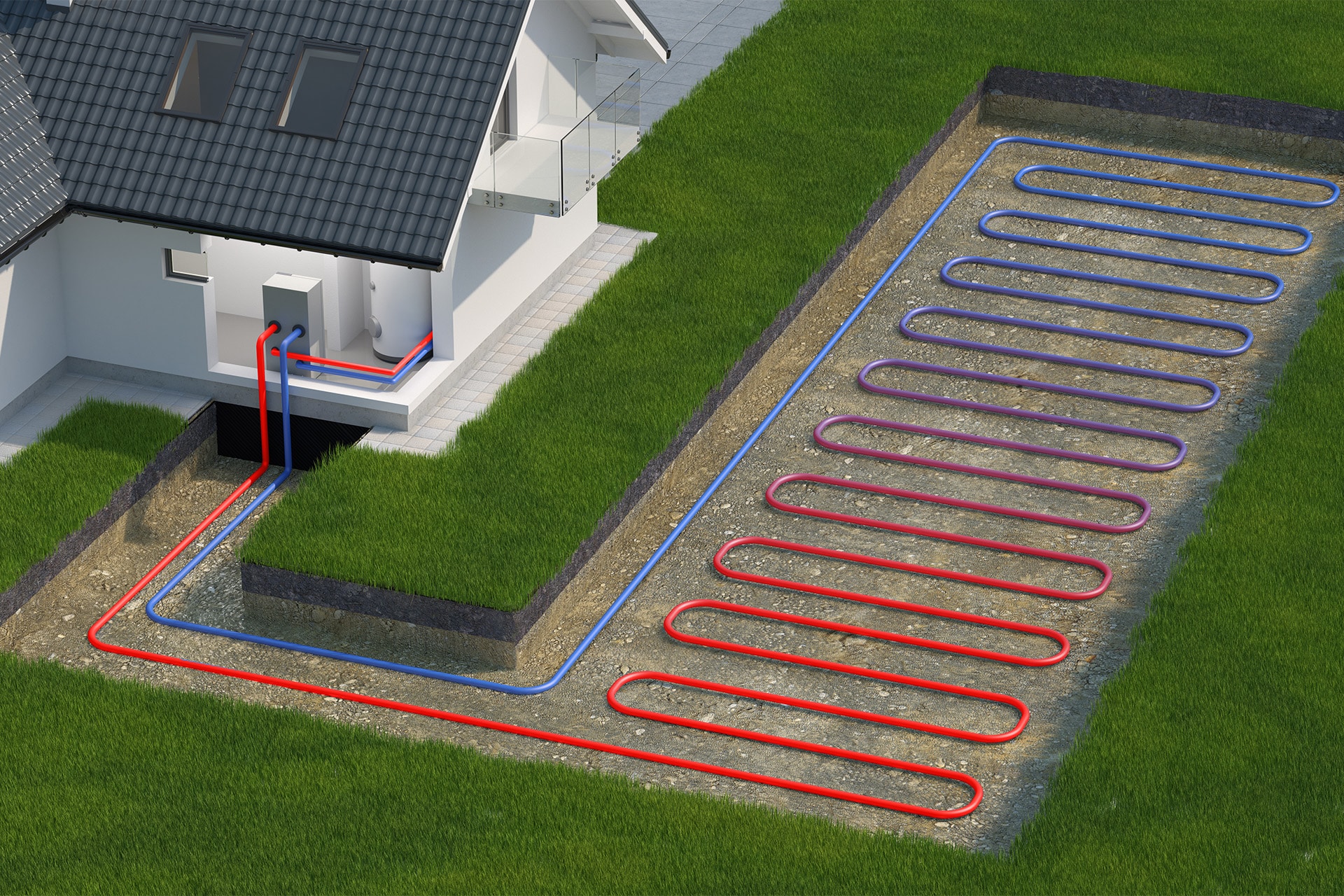
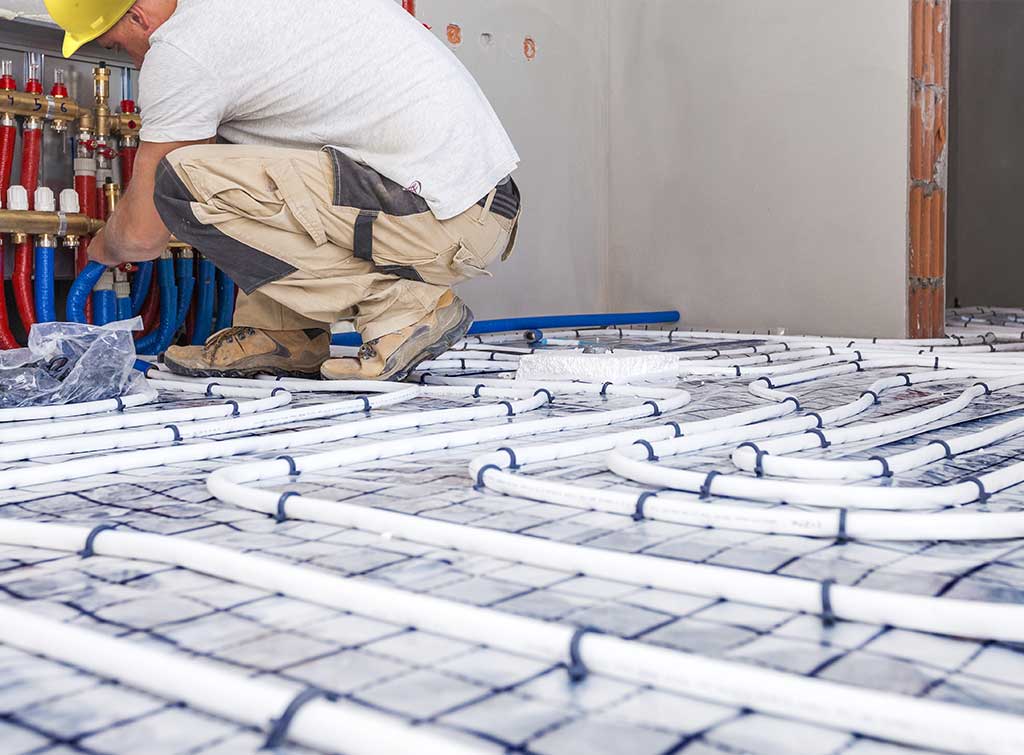

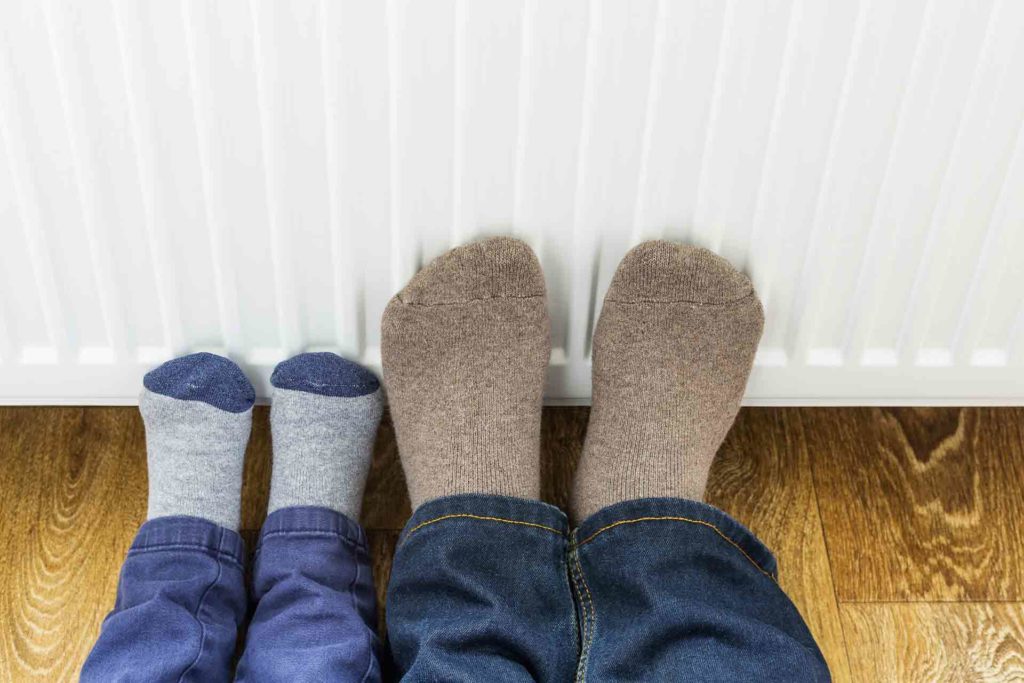
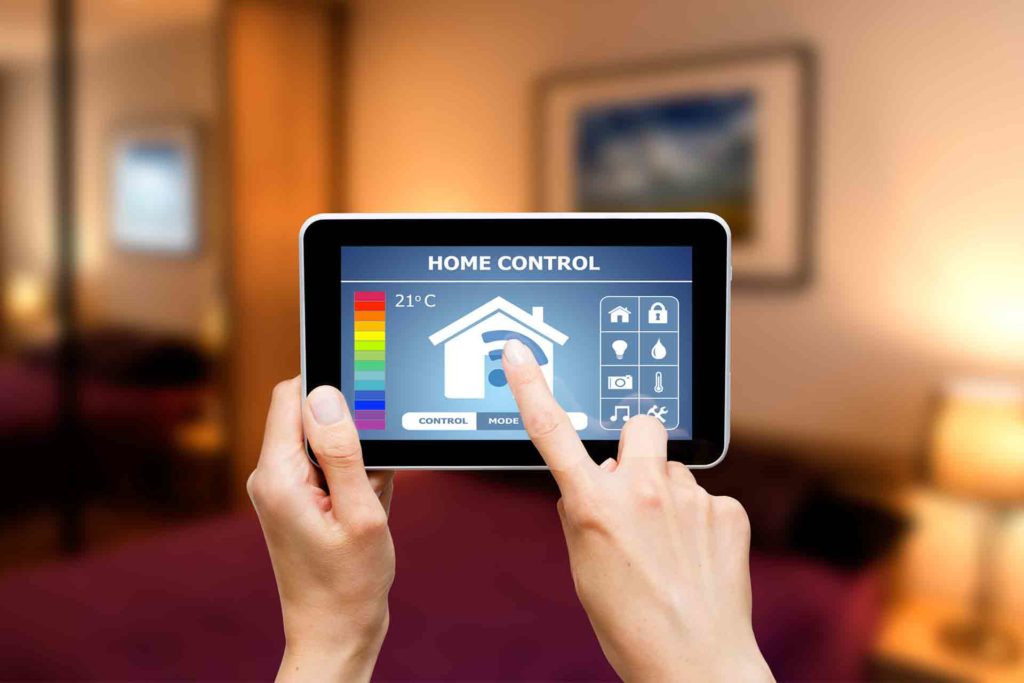
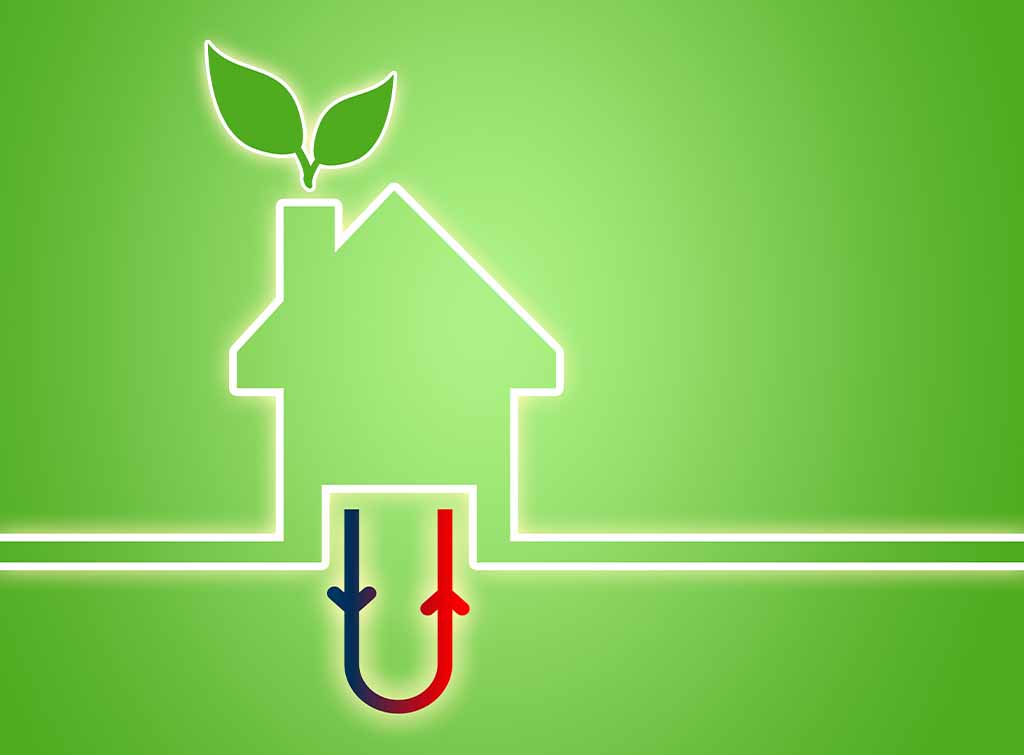
No comments yet!